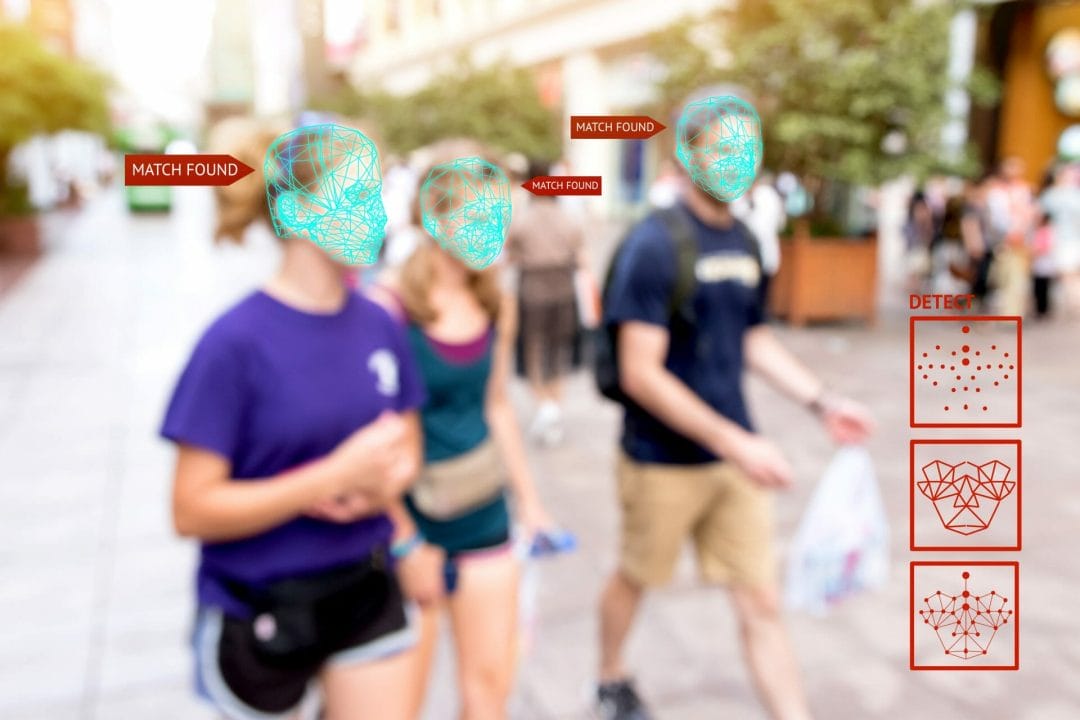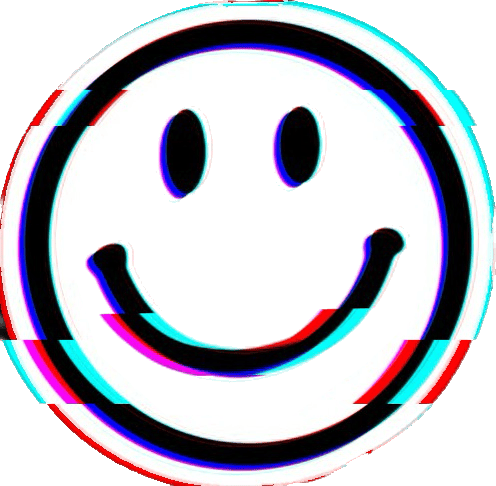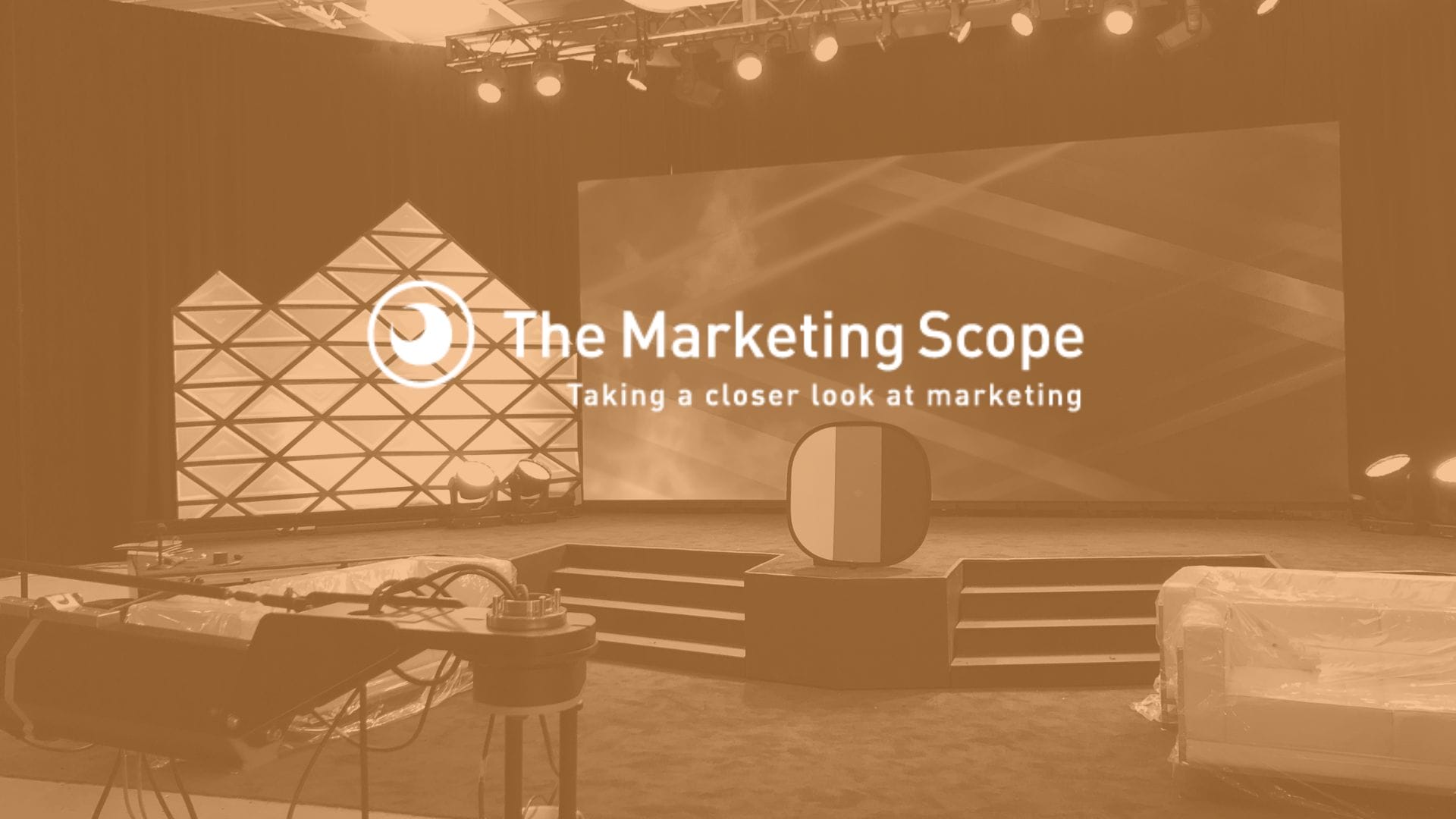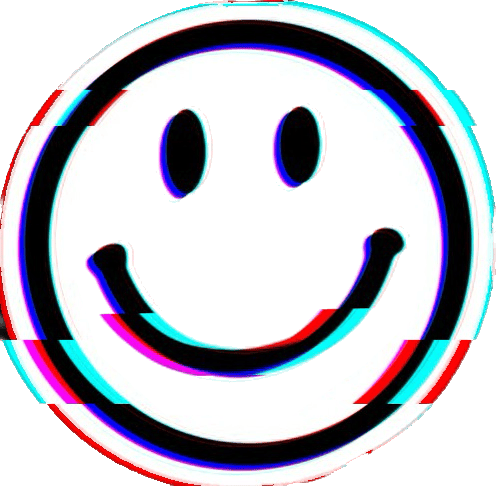What Use Is Your Event if You Don’t Maximize Its Tracking?
Originally published on The Marketing Scope.

Tracking is a tactic used by major industries to keep tabs on their consumers — case in point: Facebook ads. Beyond the fields where tracking is already an established practice, many other areas would do well to give it a test drive. Enter event tracking: a top practice event planners can add to their arsenal.
Event tracking can be approached in several ways, both conventional and new.
Brand activation — the act of increasing brand recognition and engagement — isn’t exactly new, but it has found a whole new set of benefits within the tech age. Many modern brand activation campaigns have tech components, and through that tech component, you can directly track interaction, including how long the interaction was, pages viewed, and number of sessions. Brand activation is further aided by the internet and email, via open rates, visits, and click-through rates.
Physical tracking finds it home in badge scans as well as the relatively new concept of machine vision. To put it simply, machine vision uses artificial intelligence to monitor a space and to collect data from what it views. Amazon is currently testing it for cameras to scan purchases at its brick-and-mortar stores, and the idea is also being tested in smart cities, particularly its safety measures, which include scanning license plates and monitoring traffic patterns. By translating the machine vision technology of traffic patterns to event patterns, event marketers will be able to gauge interest, collect demographic information, and even measure the audience’s mood.
It should also come as no surprise that social media is the gift that keeps giving to the event tracking world. It has already been established as pre-event marketing tool; in fact, 77% of marketers say it’s a staple in their strategy. It has also become one of the first tools used to check vitals after an event ends. But what about during the event itself? As the event occurs, 55% of marketers use a real-time marketing strategy, and 58% of those marketers use social media to carry it out.
Here are four steps to maximize your use of tracking at your next event:
- Decide what you want to collect from your event. By establishing what you want to track right off the bat, you can focus on it throughout the event’s stages. Though you might not collect enough data to compile a case study, you’ll be able to learn ways to increase visits, maximize touchpoints, or prove reach for investors and sponsors.
- Understand the options available for tracking your event. We’ve already gone over a few of them, and each option provides different types of results. There isn’t a one-size-fits-all solution for this, and you may need to utilize multiple methods to find the data you seek.An event app is a great way to get multiple forms of feedback. More than 40% of event organizers already use event apps, and Robert Dunsmore, director of live events at GES, found that 91% say an event app results in positive return on investment.
- Take the Guidebook app, which allows you to create an app customized for your event, among other features. Within the app, attendees can engage in conversation through an interactive social feed, and the program also provides sponsors an added boost by including ad banners and in-app sponsorship opportunities. Further, you can update locations and other information on the go and, most importantly, monitor your attendees via surveys and other feedback to make real-time improvements.
- Dunsmore also found that events utilizing apps have 42% more social media impressions — because people are already on their phones, you might as well capture information from them while they’re engaged.
- Pay attention to all the data you take in. Even if you’re solely focusing on one particular set of data from an event, look over what else came in.There’s plenty of data captured that often sits idly, never serving any real purpose.For example, the Association of Legal Administrators tracked how often people bookmarked each of its 80-some sessions at its Annual Conference & Expo. Although this data didn’t give the event organizers a definitive number of attendees per session, it gave them a sense of how popular sessions would be relative to each other. This allowed organizers to plan ahead by giving those sessions more chairs and space, which translated to less frenzy on the day of the event and a better experience for attendees.
- Spend some time to determine what’s actionable from the data you collect. If you track how many visitors you have in your booth or at a certain area of an event, what can you gauge from what you collected? How would you drive change? For example, if nobody visits a sponsor tent, maybe the placement was poor. Use other data to see where the most traffic was, and place your sponsor there at your next event. Your sponsors want to know their investment is providing some type of return for them. The type of return might change from sponsor to sponsor, but showing numbers and indicating high levels of traffic are always good signs.
When it gets down to it, tracking at events provides fantastic insight to change the story and bolster an event’s effectiveness. Simple data collection can shed light into what’s working and what’s not. Over time, you’ll be able to find out what draws people, which times work best, what to prioritize, and where your audience wants to be. Data isn’t just an afterthought; it’s a tool to use in the present to maximize the customer experience.



